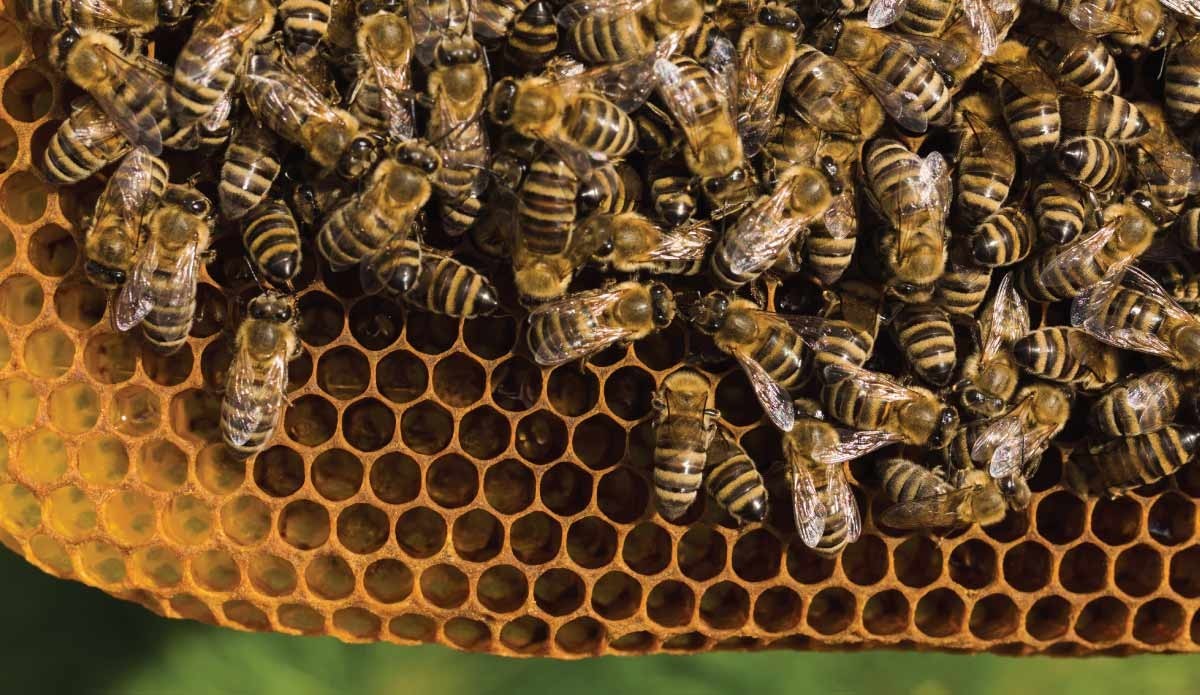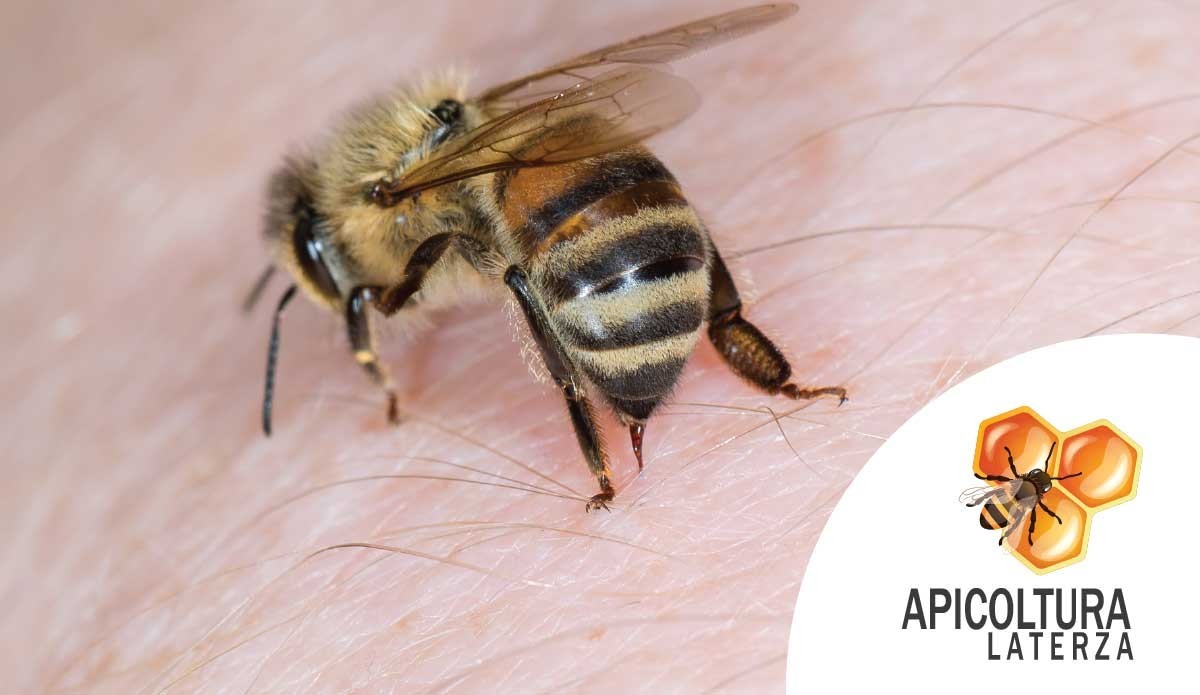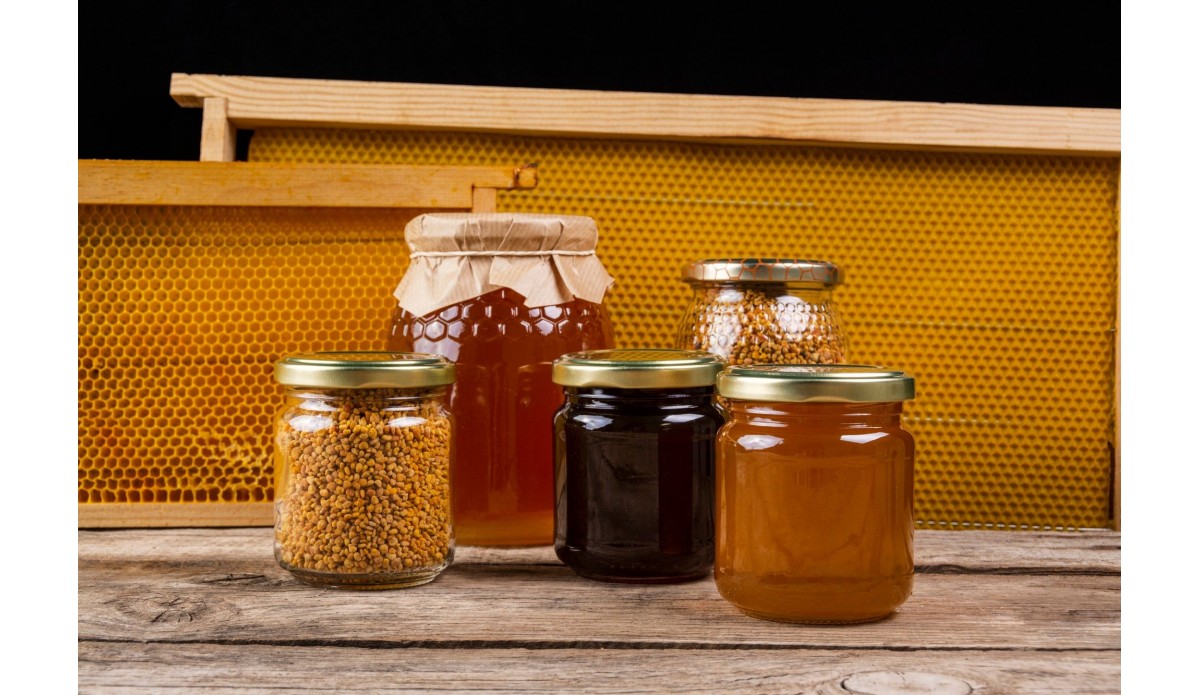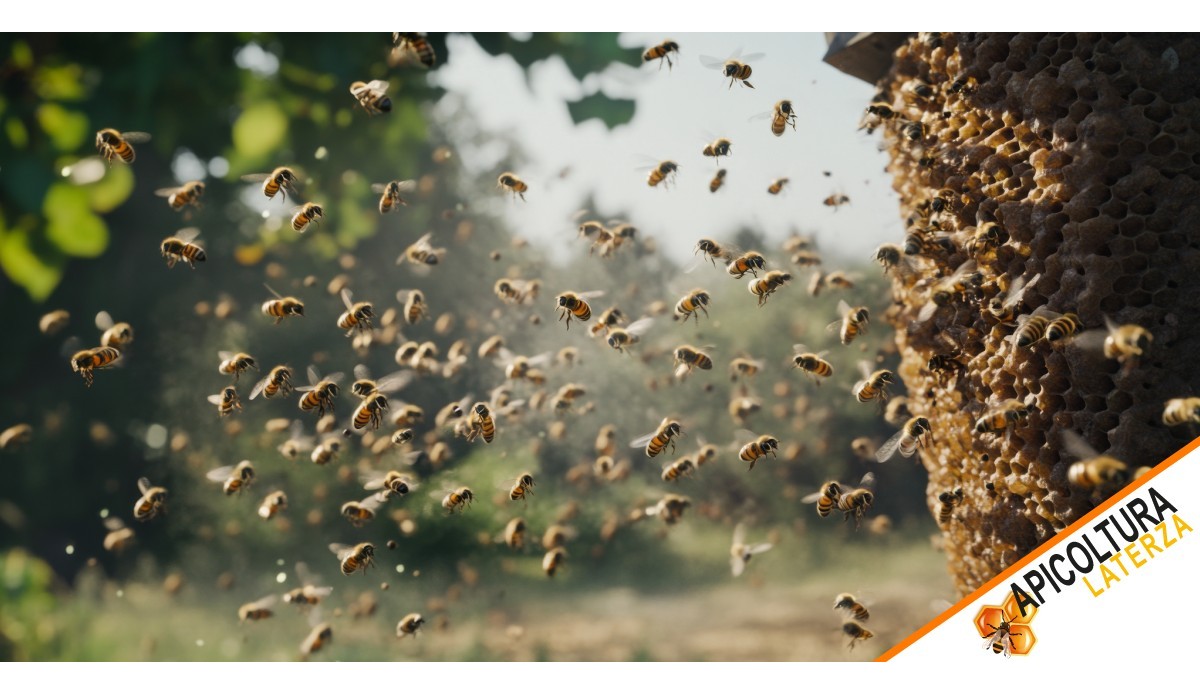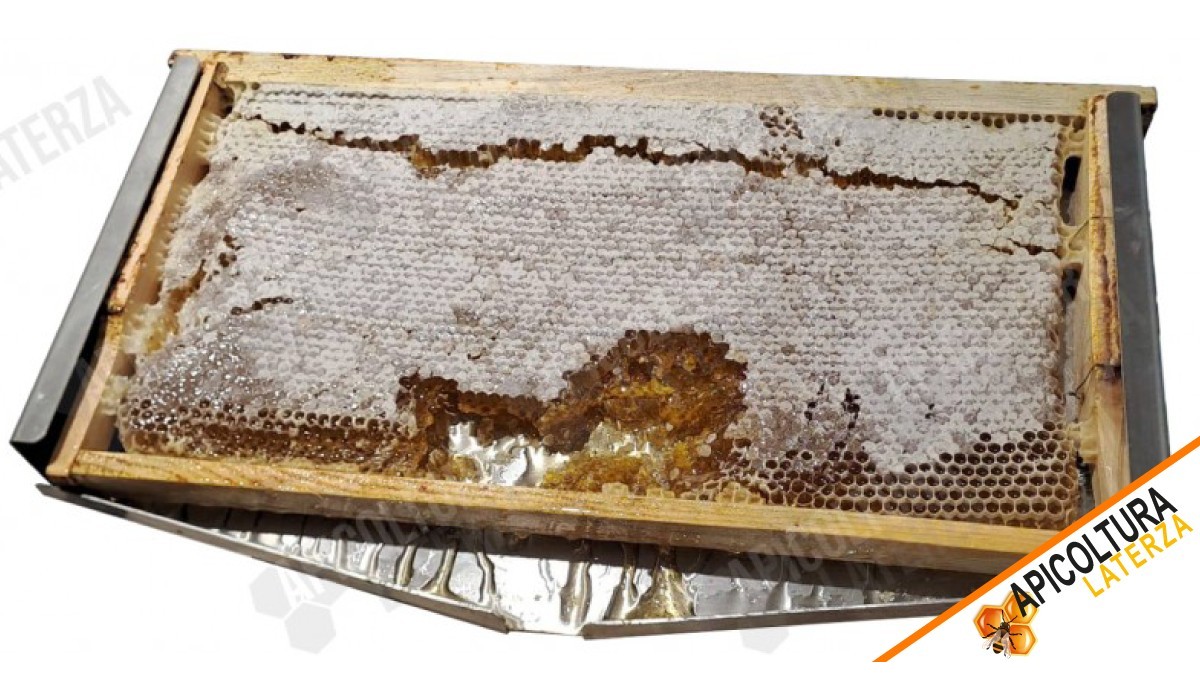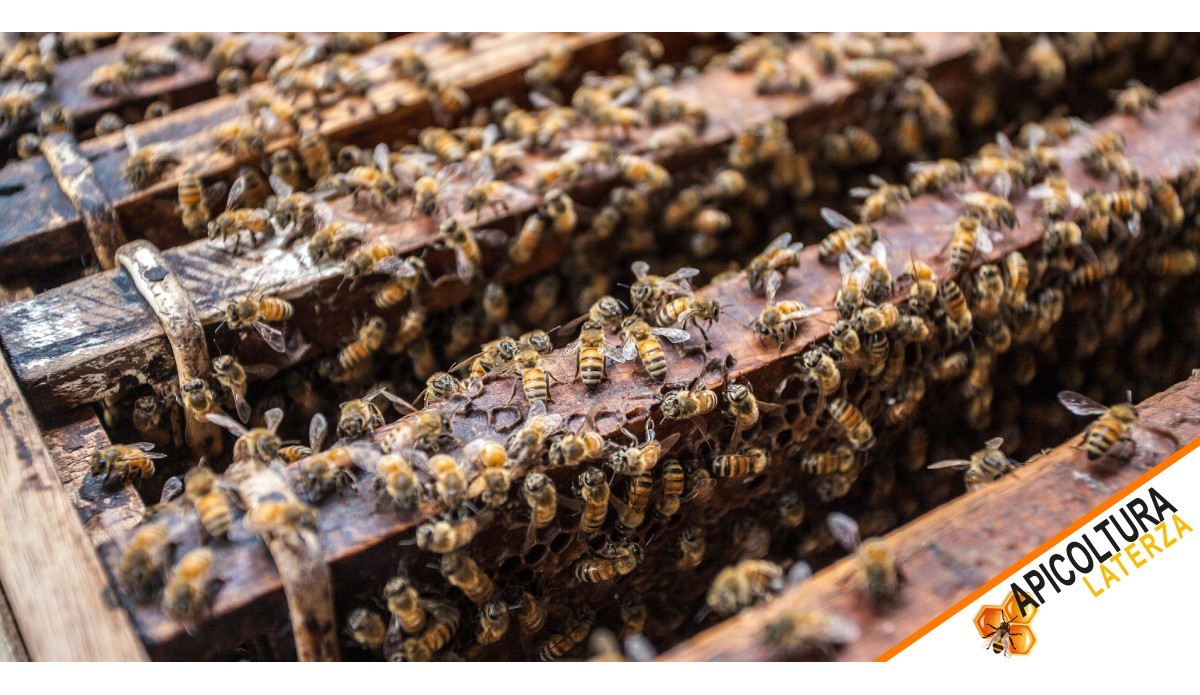Bee Insect: Everything You Need to Know
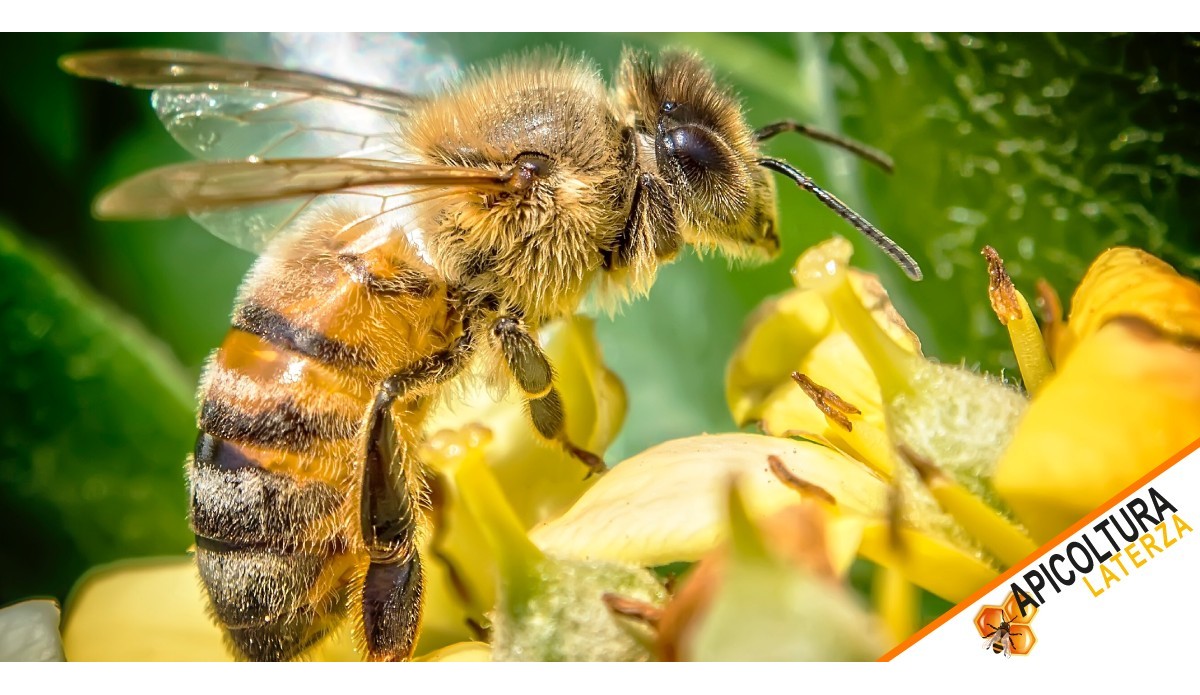
The bee insect is one of the most important and fascinating creatures in our ecosystem. Not only does it produce honey, but it also plays a fundamental role in pollinating plants, contributing to the survival of both plant and animal colonies. In this article, created by Apicoltura Laterza, we will guide you on a journey into the world of bees, exploring essential aspects such as bee description, characteristics, social structure, behaviors, and various curiosities.
The bee insect is one of the most important and fascinating creatures in our ecosystem. Not only does it produce honey, but it also plays a fundamental role in pollinating plants, contributing to the survival of both plant and animal colonies. In this article, created by Apicoltura Laterza, we will guide you on a journey into the world of bees, exploring essential aspects such as bee description, characteristics, social structure, behaviors, and various curiosities.
Bees Are Insects: Here’s What They Are
Many people wonder whether bees are insects or animals: yes, bees are insects that belong to the order Hymenoptera, like ants and wasps. So, what exactly are bee insects? They are flying animals with a body divided into three main parts: head, thorax, and abdomen. They have six legs (including a highly developed hind leg in foraging bees), two pairs of wings, and highly sensitive antennae. The bee also has a specialized mouthpart, perfect for sucking nectar and later converting it into honey and pollen.
Information About Bees and Their Behavior
Let’s look at some information about bees. Bees live in complex societies called colonies, made up of three castes: worker bee, drone, and queen. Each caste has a specific role and contributes to the maintenance of the hive. The queen is the only one that lays eggs—up to 2,000 per day—in royal or regular cells, depending on the needs of the colony.
Each bee’s actions depend on its role: worker bees are the most numerous and handle everything from cleaning, feeding larvae, and producing wax to collecting nectar and pollen.
What Bees Do During Their Lives
What does a bee do during the day? Its life is filled with specific duties. In the early days, the worker bee cares for the larvae and builds honeycombs. Later, it becomes a forager and flies out to collect nectar. Thanks to special structures on their hind legs, they can transport large amounts of pollen. Foraging bees go out several times a day and can fly kilometers to find the richest flowers.
Bee Development and Lifecycle
A brief study on bees must mention their development. A bee hatches from an egg laid by the queen, and after 21 days, it completes metamorphosis—from egg to larva, then pupa, and finally adult bee, all within the hive cells.
A frequently asked question is: how long does a worker bee live? The answer may surprise you: in summer, it lives only 21 days, while in winter it can live several months. This is because it works harder in summer and consumes more energy, while in winter, it focuses on conserving hive warmth.
Bee Characteristics: Social Structure and Functions
Talking about bee traits, it's essential to highlight colony organization. The queen bee originates from a regular larva but is fed royal jelly, which stimulates ovary development. Drones, the males, have a single purpose: to fertilize the queen during mating flights, which happen only once in her life.
The mating flight is crucial: the queen flies high, followed by several drones. Only the strongest can fertilize her, after which they die. The queen stores the sperm for life, using it gradually to lay eggs.
Bees and Other Insects: A Fascinating Comparison
In research on bees, comparisons with other insects often arise. Bees stand out for their unique ability to produce honey and pollen, their highly structured social life, and advanced communication methods like the famous “bee dance,” used to indicate flower locations to others.
Climate Change and Its Impact on Bees
One of today’s most urgent topics is the relationship between bees and climate change. Temperature fluctuations, drought, and biodiversity loss threaten colony survival. Climatic changes affect plant flowering times, making it difficult for bees to find nectar at the right times.
Additionally, some pesticides and pollutants poison colonies, causing disorientation and premature death. This issue doesn’t affect bees alone—it also impacts our food supply, as many crops rely on bee pollination.
Fun Facts About Bees: Did You Know?
Let’s end with some bee trivia. Bees can recognize human faces, have excellent spatial memory, and can accurately communicate distances and directions. A single foraging bee can visit up to 100 flowers in one trip!
Another fun fact: the honey-making magic begins inside the bee. Nectar is collected and stored in a second stomach, mixed with enzymes. Once back at the hive, the bee regurgitates the nectar and passes it to other workers, who turn it into honey through evaporation and storage in cells.
Even the hive has rules: if the queen ages or becomes ill, the bees feed a larva with royal jelly to produce a new queen. This replacement process is natural and vital for colony continuity.
Bees in Culture and Human History
Throughout history, bees have fascinated humans, becoming symbols of diligence, order, and dedication. In ancient Egypt, honey was seen as a divine gift offered to the gods. Greeks and Romans used it not only as a sweetener but also for its medicinal properties—Hippocrates recommended it for healing wounds. In Christian culture, the bee symbolizes purity and collective work. In the Middle Ages, beekeepers were respected, and monastic communities studied bees to improve honey production. Today, bees continue to inspire artists, writers, and scientists. Their importance to human survival has become evident thanks to entomological studies and ecological movements. Schools often introduce bee research projects to raise children’s awareness of these vital creatures. Bees are not just insects—they are pillars of our civilization and deserve all our attention and protection.
More Bee Trivia
Ever wondered how many eyes a bee has? A bee has five eyes: two compound eyes on the sides and three simple eyes (ocelli) on top of its head.
A newly born queen bee is immediately cared for by workers, and if other queens are about to emerge, she fights them to remain the only one.
How many legs do bees have? Like all insects, bees have six legs, each with a specific function.
And what do bees eat? Mainly honey and pollen, while larvae are fed royal jelly in their early days.
A unique species is the xylocopa violacea, a solitary black-violet bee that lives in wooden cavities instead of hives.
Bee life is short but intense: every role in the colony is carried out with dedication and contributes to the balance of the entire ecosystem.
Conclusion
As we’ve seen, the bee is much more than just a honey producer. Information about bees shows a refined social structure, complex behaviors, and essential ecological value. Learning what bees do, how long they live, how they communicate and develop is key to appreciating and protecting this small but mighty animal.
Apicoltura Laterza works daily to protect and promote bees, encouraging a culture of environmental respect and education. If you also want to learn more or contribute to the safeguarding of bees, contact us or visit our website.

